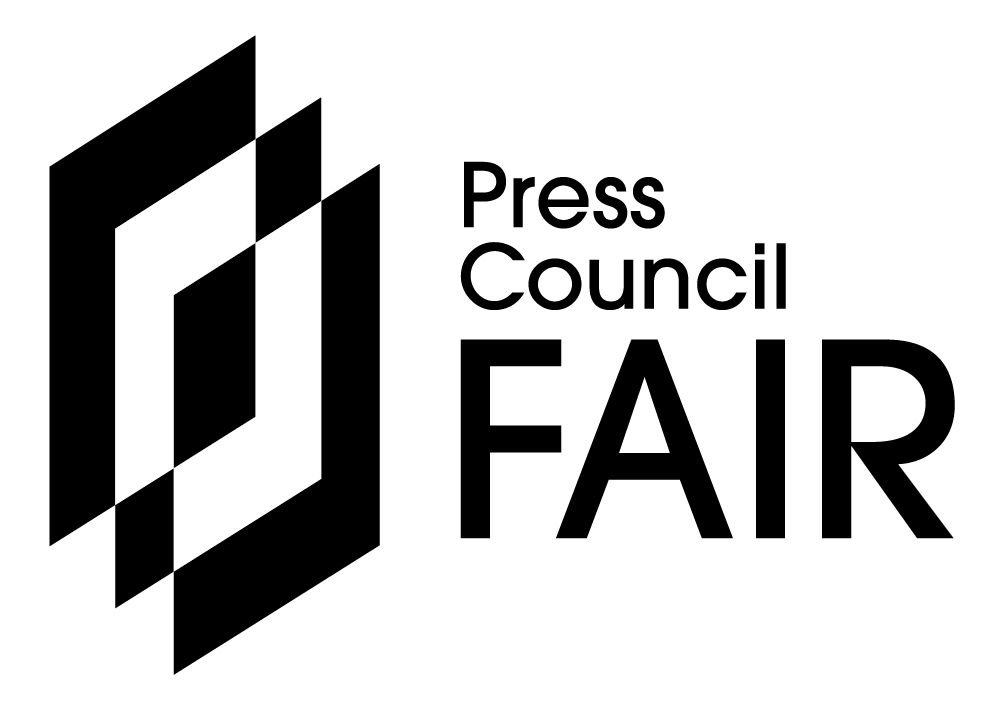LIFESTYLE NEWS - Food, nutrition and human health institutes around the world have been fighting to reduce the risks associated with consuming the detrimental fatty acids that are linked to cardiovascular diseases
But few people know what fatty acids are, which ones are harmful or beneficial, and how to identify them.
Fatty acids are a component of the fat found in foodstuffs such as vegetable oils, cheese, meat, fish, eggs, milk, commercial snacks, ready-made meals and most spreads. There are both 'good' and 'bad' fatty acids.
On average, fatty acids make up about 45% of people’s daily calorie intake. This is much more than the recommended 20% to 35%.
Globally, the amount of fatty acids people consume is influenced by age, sex, country and region. Some reviews show that populations in Zimbabwe and Botswana consume too few 'good' fatty acids. These make up less than 11% of their total daily energy intake.
Other studies have shown that young working-class adults in the developing world have high intakes of 'bad' fatty acids – taking up more than 10% of their daily energy intake. This is similar to those in western countries.
The challenge is to improve dietary options so that fatty acid intakes are within the recommendations, which are set to help people reduce their risk of developing diet-related chronic diseases. These have been on the rise, especially in developing nations.
These have been on the rise, especially in developing nations.
The reason for poor knowledge of fatty acids is simply due to not enough being done to improve awareness. For example, if fatty acids aren’t labelled, consumers can’t make informed decisions about the food they buy. In addition, a recent study around South Africa has shown that information is not the only deciding factor in the purchasing of foods. Cost also plays a role.
















